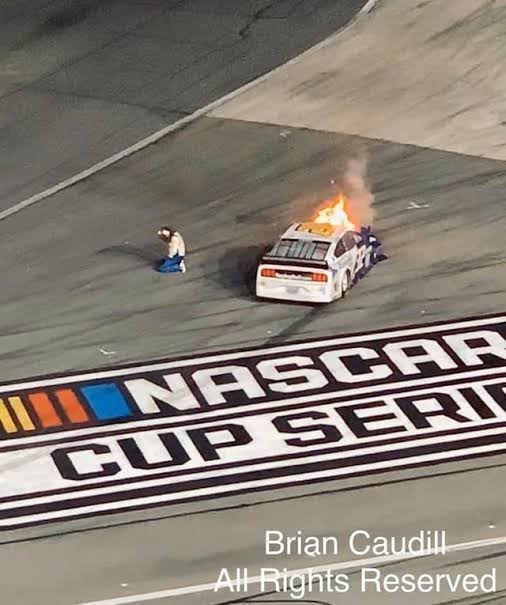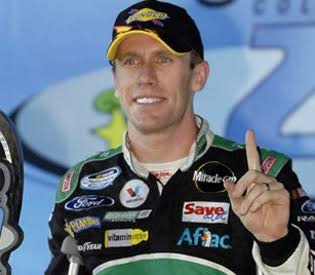Dale Earnhardt Jr.’s critique of Ross Chastain stems from a fundamental NASCAR principle—drivers should always race hard, regardless of optics or past incidents. Earnhardt believes Chastain’s decision to let Chase Elliott pass was a calculated move to avoid retaliation rather than a natural racing decision.
Key Points of Earnhardt’s Criticism:
1. Avoiding Retaliation vs. Racing Hard
Earnhardt suggests Chastain made a conscious decision to back off, prioritizing his finishing position over engaging in a battle with Elliott. While this might be a smart points move, it gives the impression that Chastain was intimidated or trying to appease Elliott, which could damage his aggressive racing reputation.
2. Optics Matter in NASCAR
Earnhardt emphasizes that perception is crucial in NASCAR. By yielding position, Chastain may have avoided an immediate incident but risked looking weak in the eyes of fans and competitors. This could invite more aggressive moves against him in the future, as drivers may perceive him as someone who will back down.
3. The Importance of Addressing Controversy
Earnhardt also took issue with Chastain refusing to comment on the situation. In NASCAR, drivers often defend their actions publicly, whether to justify their decisions or maintain their image. By staying silent, Chastain missed an opportunity to control the narrative and clarify his reasoning.
Chastain’s Perspective:
Chastain, known for his aggressive driving, likely made a strategic decision to avoid finishing deep in the field. Given his past controversies and run-ins with other drivers, including Elliott, he may have wanted to avoid escalating tensions. However, as Earnhardt pointed out, this choice could hurt his reputation as a fearless competitor.
Bigger Picture:
This incident highlights the fine line NASCAR drivers must walk between aggression and strategy. While Chastain’s move might have been smart in the short term, it raises questions about whether he is second-guessing his usual style to avoid conflict.
Ultimately, Earnhardt’s reaction underscores NASCAR’s cultural emphasis on hard-nosed racing. If Chastain continues to make decisions based on avoiding conflict rather than racing for position, it could impact how he’s viewed within the garage and among fans.



